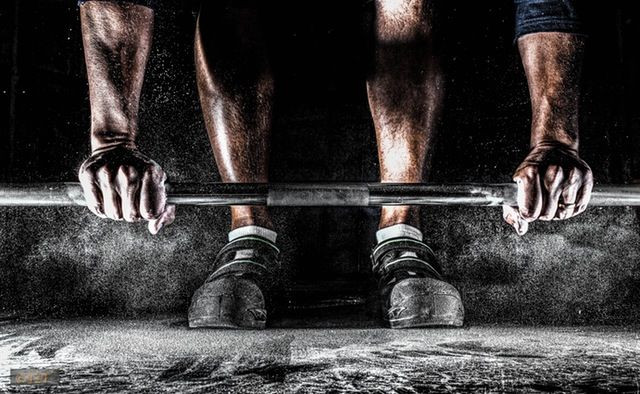CrossFit Body: High-Intensity Training Without Rest Day Compromises Immune System

Many of us endure the pain, the sweat, and the tears from CrossFit to transform our bodies and discover the best version of ourselves. Results start to show, and we are overcome with newfound confidence and the stamina to work out even harder — we even choose to skip rest day. But, according to a recent study in Frontiers in Physiology, a lack of rest between workout sessions could compromise our overall health.
The researchers found two consecutive days of high-intensity workouts provoked a strong metabolic response and reduced the levels of anti-inflammatory cytokines, which are proteins produced by white blood cells that act to lessen inflammation. In other words, the consecutive workouts were actually suppressing normal immune function.
"A rest day is important for recovery for subsequent training sessions. Other alternative recovery techniques are regenerative training (with low intensity and volume), massage and cryotherapy." said Dr. Ramires Tibana, lead author of the study from the Catholic University of Brasilia, in a statement.
CrossFit is characterized by its functional movements that are performed at relatively high intensity. It encompasses both cardiovascular and strength training with high intensity to enhance physique and overall fitness in a shorter time, while creating balance across all the muscles of the body. Exercise techniques including kettle bells, tyre flipping and ring pull-ups, and are endorsed by celebrities. More than 13,000 affiliated gyms make up the CrossFit community.
Tibana and her colleagues recruited a group of experienced crossfit participants who had a minimum of six months of prior CrossFit training to take part in the study. During two consecutive days, the participants engaged in three CrossFit-style workouts, including olympic lifting, power lifting and gymnastic exercises. Muscle power, levels of inflammatory cytokines and levels of metabolic markers were assessed before, during, and after the workouts.
The researchers documented the strong metabolic response and reduced levels of anti-inflammatory cytokines led to immunosuppression.
A similar study in the Journal of Strength and Conditioning Research found athletes who performed four high-intensity training sessions after a full week had a significantly suppressed immune response. Immunoglobulin A levels, which act as the first line of defense in preventing illness, dropped for the participants. Reduced immunoglobulin a can be a sign of an upcoming illness, and is detectable several weeks prior to it becoming symptomatic.
"For non-athlete subjects who want to improve their health and quality of life through Crossfit training, we recommend that they decrease their training volume after two consecutive days of high intensity training to prevent possible immunosuppression;" said Tibana.
Disclaimer: This article refers to a high-intensity interval training exercise similar to CrossFit, which is a trademark of CrossFit Inc. The study referenced in the article did not take place at a CrossFit gym, the training was not supervised by a CrossFit trainer, and the exercise programming was not designed by CrossFit Inc.
Source: Tibana RA, de Almeida LM, Sousa, NMF et al. Two Consecutive Days of Crossfit Training Affects Pro and Anti-inflammatory Cytokines and Osteoprotegerin without Impairments in Muscle Power. Frontiers in Physiology. 2016.
Published by Medicaldaily.com



























